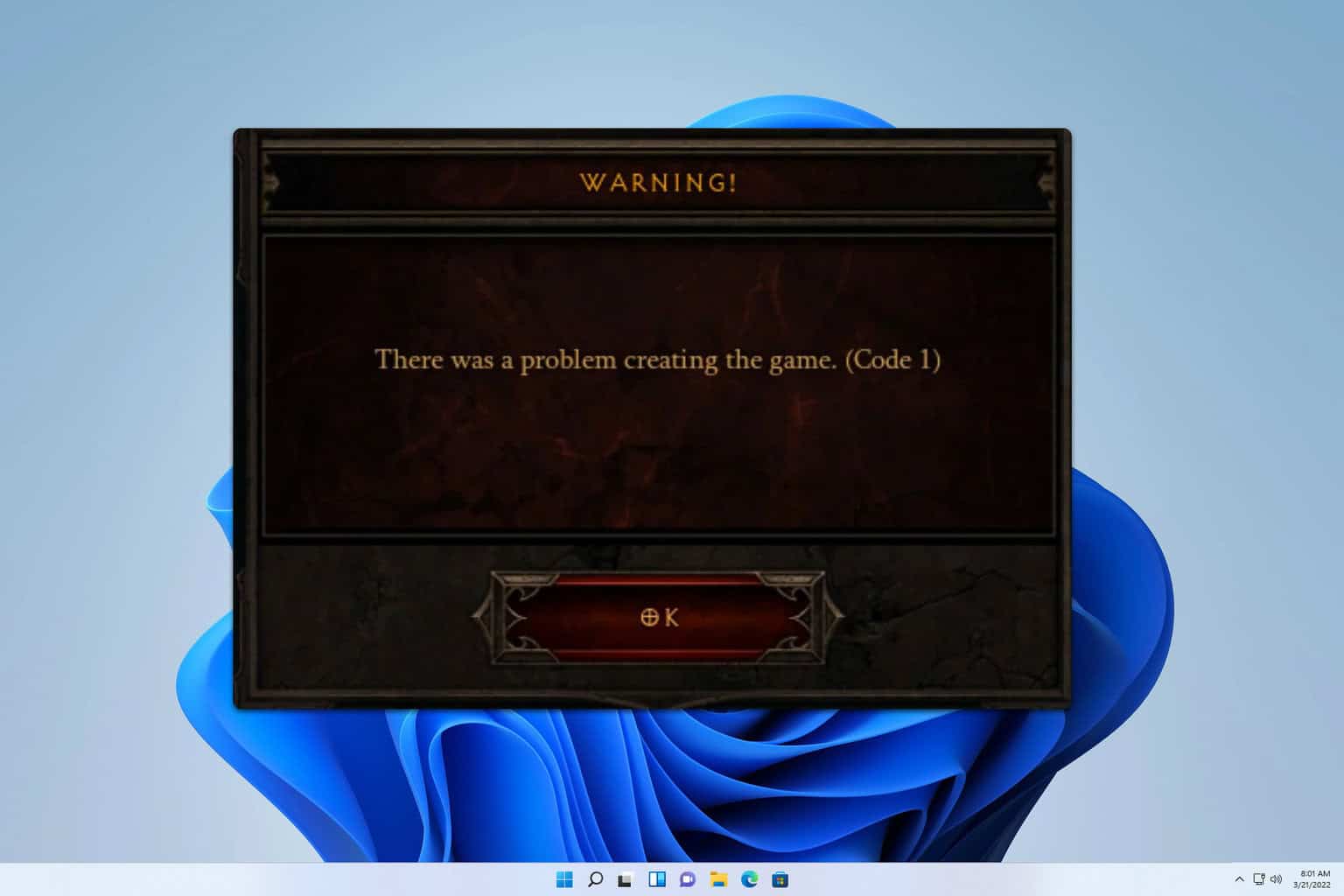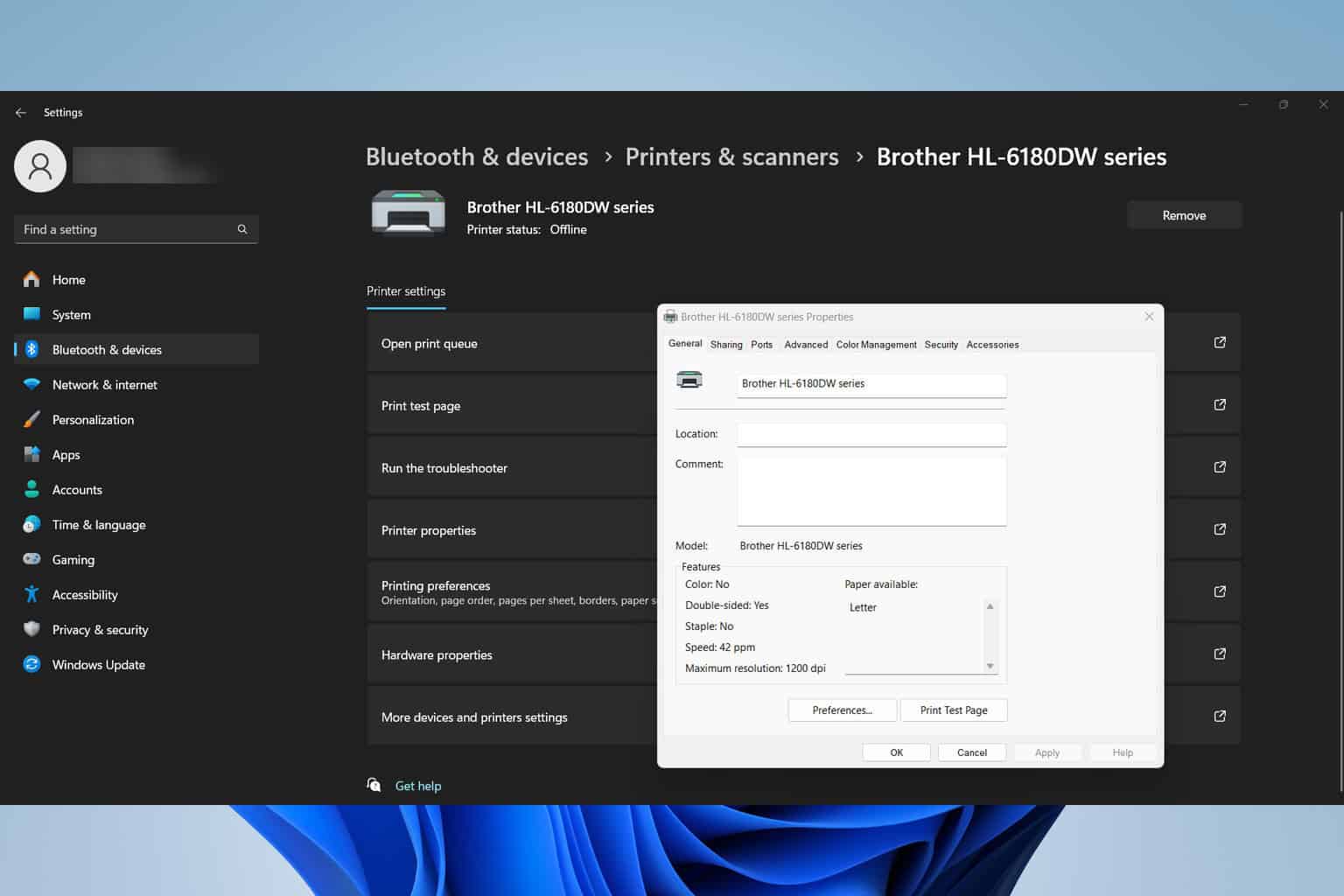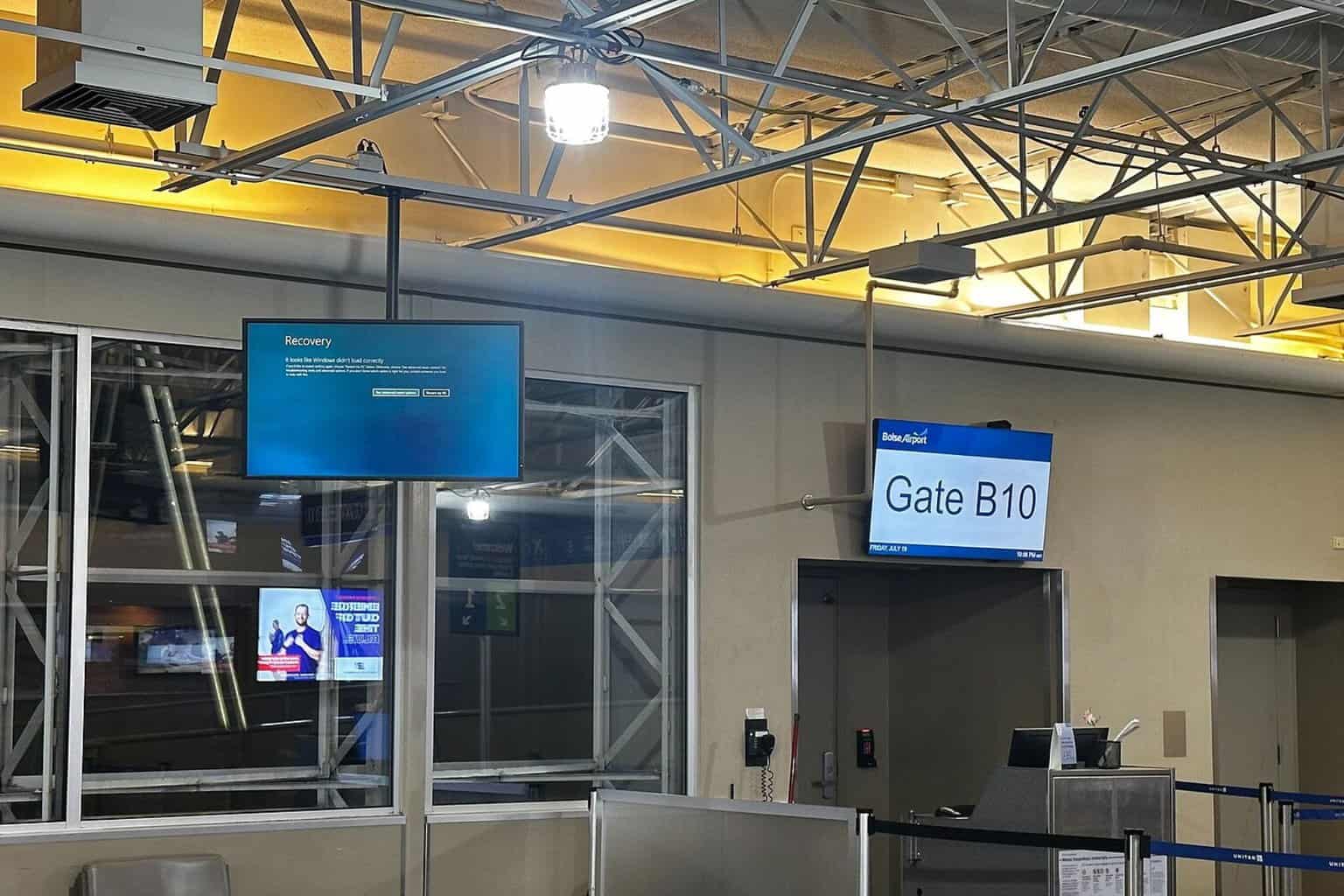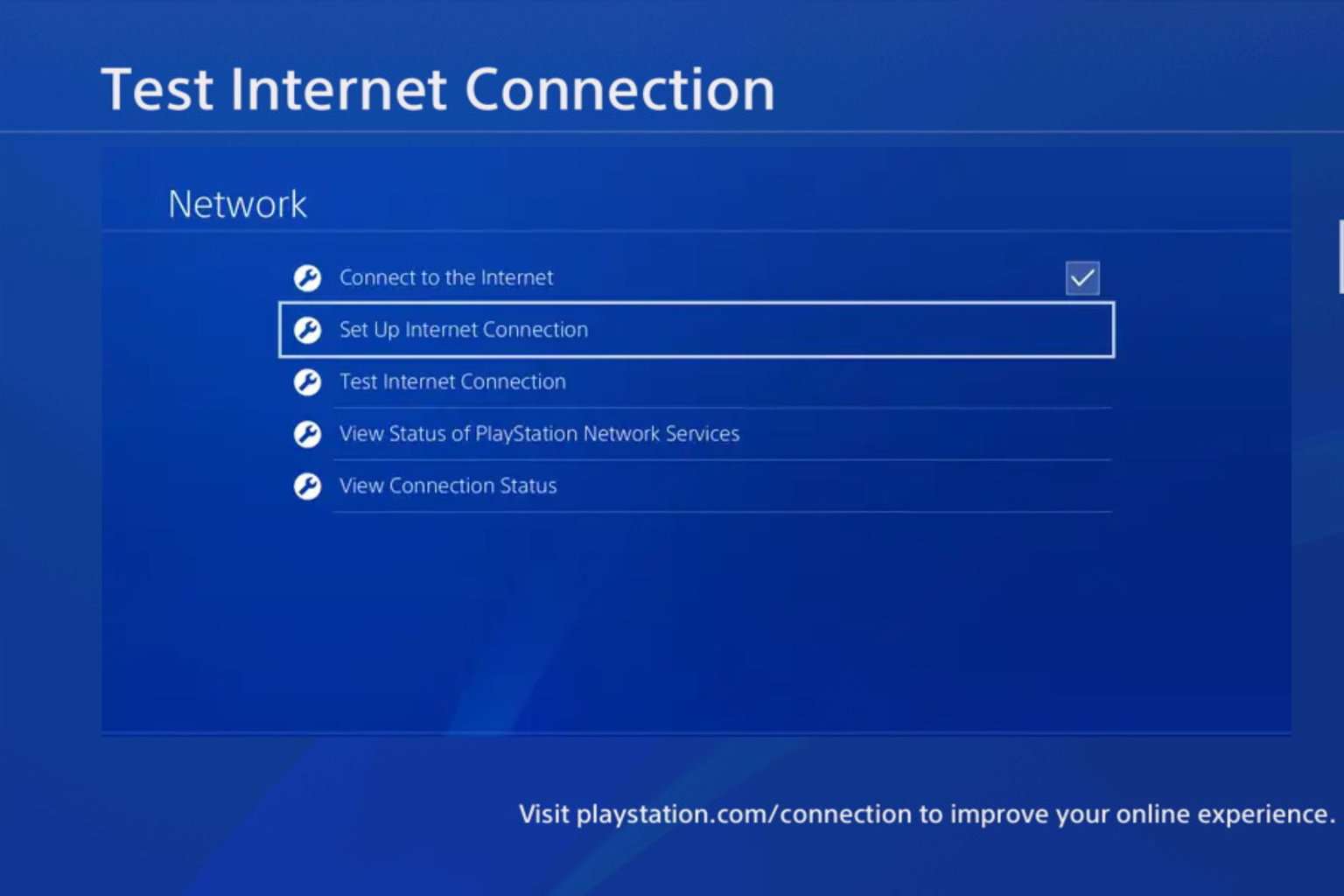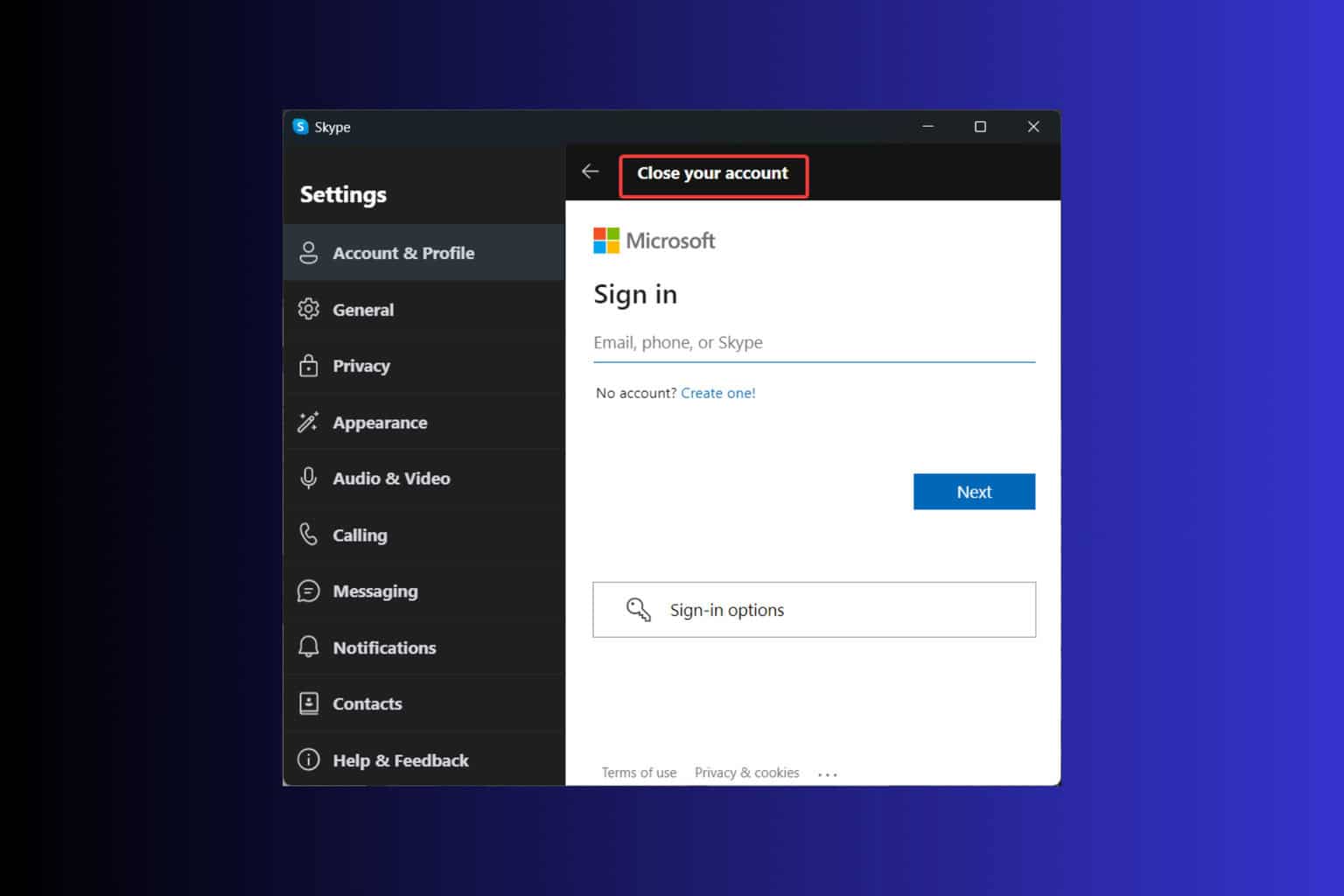Installing the Windows 10 April Update will be faster
2 min. read
Updated on
Read our disclosure page to find out how can you help Windows Report sustain the editorial team Read more

It’s almost time for Microsoft’s April big feature update for Windows 10. This will bring a bunch of new features. Changes, and various improvements. This sort of updates usually takes a lot of time to get installed due to their large size, but now it seems that Microsoft has been working to find a way that reduces the offline time during the installation process.
Changes in the installation time of Windows updates
Updates installation process usually consists of four phases, and each of these is performed either online or offline. When an offline phase is running, it’s obvious that you will not be able to use your OS and this may become annoying at some point. For instance, when the Creator Update was released back in April 2017, the average offline time experienced by users was of about 82 minutes.
For the Fall Creators’ Update that was released in October 2017, the offline time dropped 51 minutes after Microsoft made a few changes to the installation process. This means an improvement of 38%. It seems that the Windows 10 April Update involves a shorter installation time as well.
Additional work was done for the next Windows release
Joseph Conway, Microsoft’s Senior Program Manager on the Windows Fundamentals team, stated that a lot of work was made for the upcoming Windows release in order to move at least some parts of the operation to the online phase. The result is a shorter offline time while installing new builds. We’re looking at an overall reduction of offline time with 30 minutes meaning 63% less compared to the Creator Update.
New feature update model
The online phase will include:
- PC checks for feature updates (both manual and automatic)
- Downloading of feature update payload
- User content is prepared for migration
- New OS is placed into a temporary working directory
- PC waits for a reboot to begin the update process
The offline phase will include the following:
- The PC reboots
- Drivers, other files, and user content are migrated
- The PC reboots again to complete the update
- OOBE begins
All these will result in an average offline time of 30 minutes which is more than acceptable.
RELATED STORIES TO CHECK OUT:

